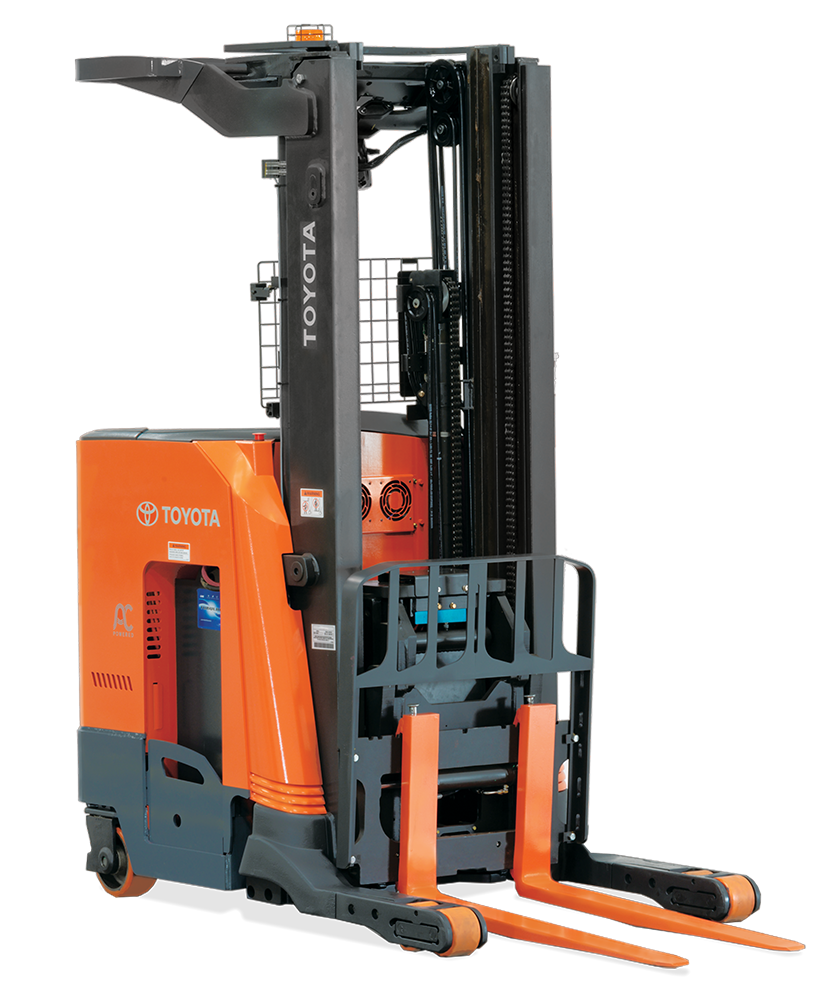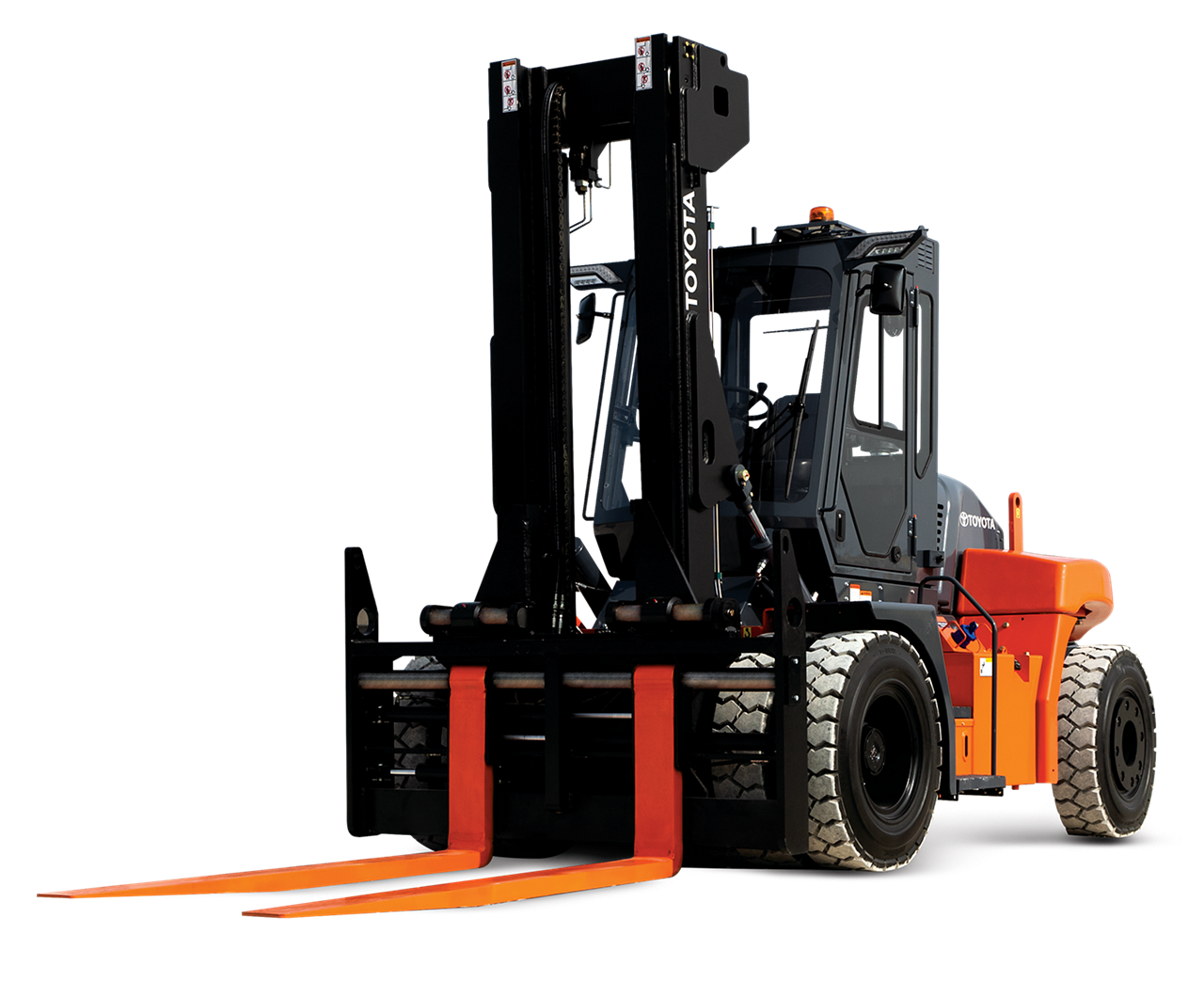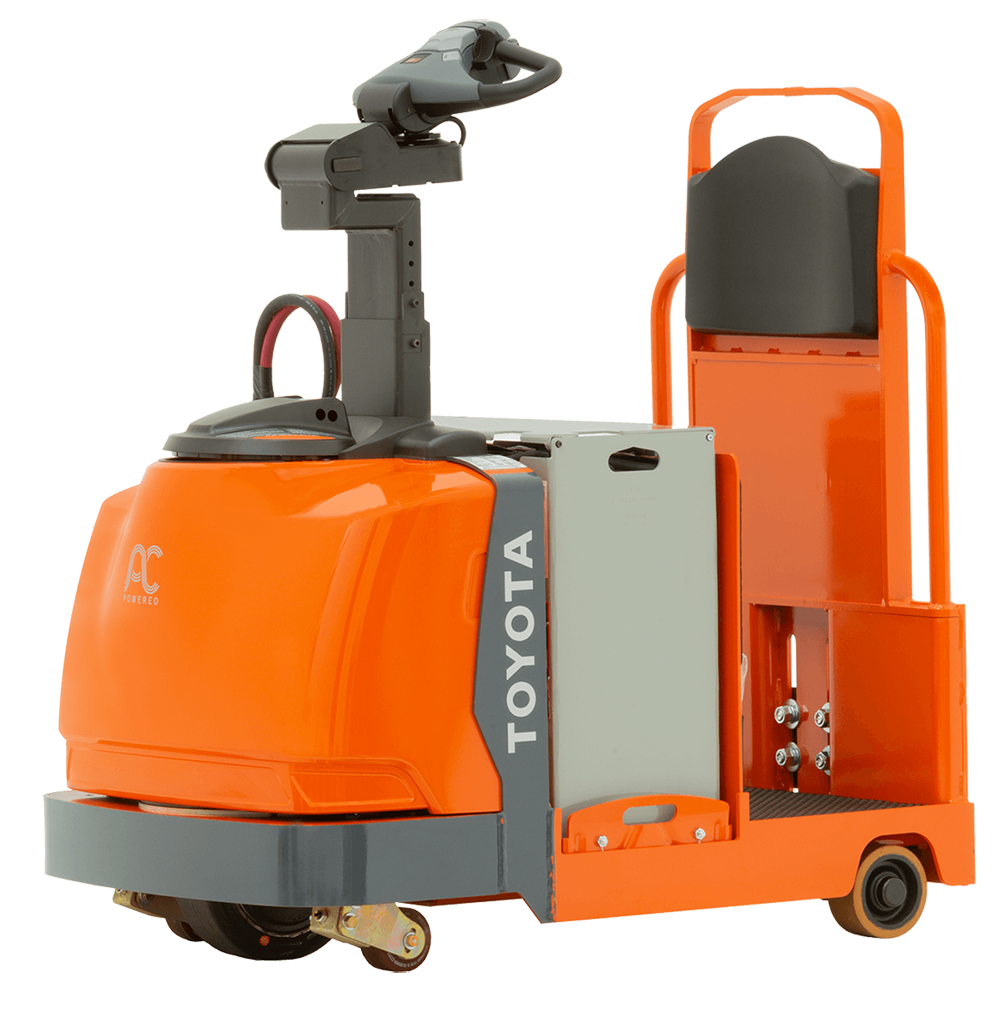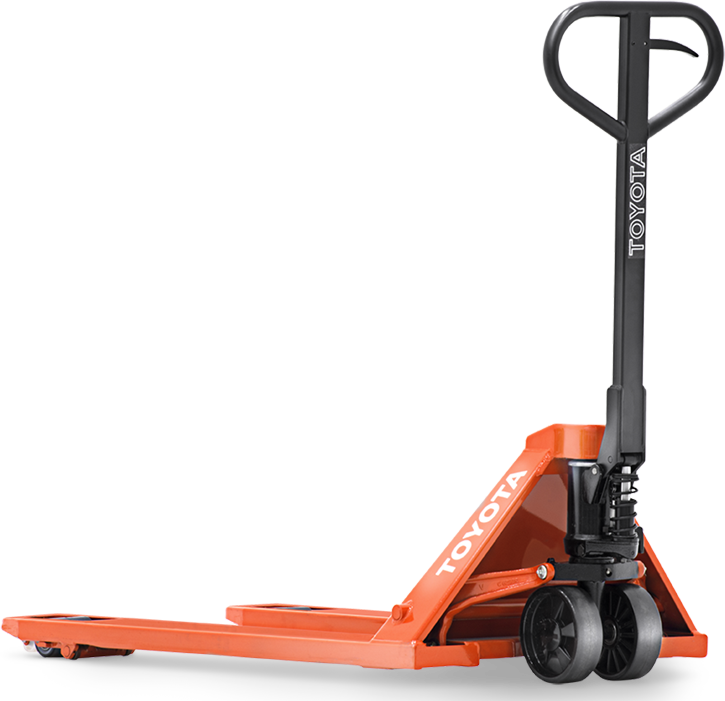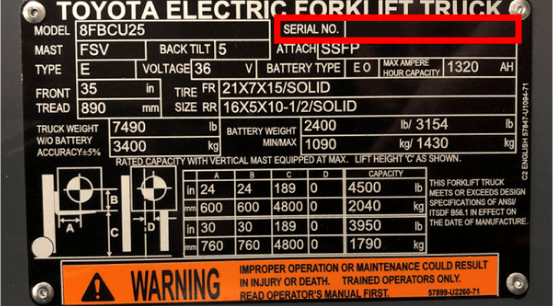Please click below to sign in to your MyToyota account
Know Your Forklift Trip Points

Trip hazards are all around us. Heck, just this morning I tripped over three of our five dogs while getting ready for work. While dogs are bigger than your typical, everyday tripping hazard, the point I’m trying to make is that we get so focused on the task at hand that we neglect to pay attention to our surroundings. And in the material handling industry, especially when forklifts are involved, tripping or falling over can mean more than just an embarrassing moment in front of your friends. It can lead to injury or even death in some cases.
Don’t worry, though! I’ve compiled a list of potential trip points to keep in mind when operating a forklift.
- Steps – The steps of your forklift are used all day long as you enter and exit. The tripping hazards will differ depending on the design of the truck. Be aware of the step height and location as well as any obstructions or changes in elevation that could cause your foot to get caught or you to lose balance. As you enter and exit the forklift, be sure to use a 3-point stance by always having one foot down and each hand gripping a part of the forklift for balance. This is typically the assist grip, overhead guard pillar, or seat.
- Pedals – Be sure to take into account the service brake, accelerator, and parking brake pedals when entering and exiting the forklift. Familiarize yourself with their placement, including whether they are floor mounted or pendulum mounted. Always engage the parking brake before exiting the vehicle, as doing so not only ensures any foot-operated parking brake pedals are out of the way, but it is also a safety requirement.
- Floorboard – Each floorboard varies in size, shape, and material. Be sure to look out for elevation changes and for any abnormalities that your foot could get caught on. If the floorboard is damaged or its tread has been worn off, be sure to replace the floorboard or mat before operating the forklift. Always be sure the floorboard and mat are installed properly, as improper installation can create additional trip points.
- Forks/Attachments – When walking around a parked forklift, be mindful of what is on the ground around you. Forks and other attachments such as carpet poles and clamps on the front of the forklift create an elevation change at a low height that is easily missed if you are not paying attention.
- Options – Some optional equipment can take up additional space in the operator’s compartment and could consequently cause you to trip or fall if you are not aware of its location. This includes floor-mounted heaters/defrosters, audio/stereo speakers, floor-mounted stands, and hood-mounted accessories like mini-levers and amenity trays. Be sure to enter and exit the forklift on the proper side based on any obstructions that are present and always be aware of the location of all optional equipment.
These are just a few of the general trip points you may find on and around forklift. Each forklift is designed differently, so be sure to pay attention to the trip points that may be present based upon your specific configuration. Many of these may seem obvious, but reinforcing these principles can help you to enhance forklift safety. Whether it’s a pair of forks or an Australian Shepard, tripping hazards are all around us.




